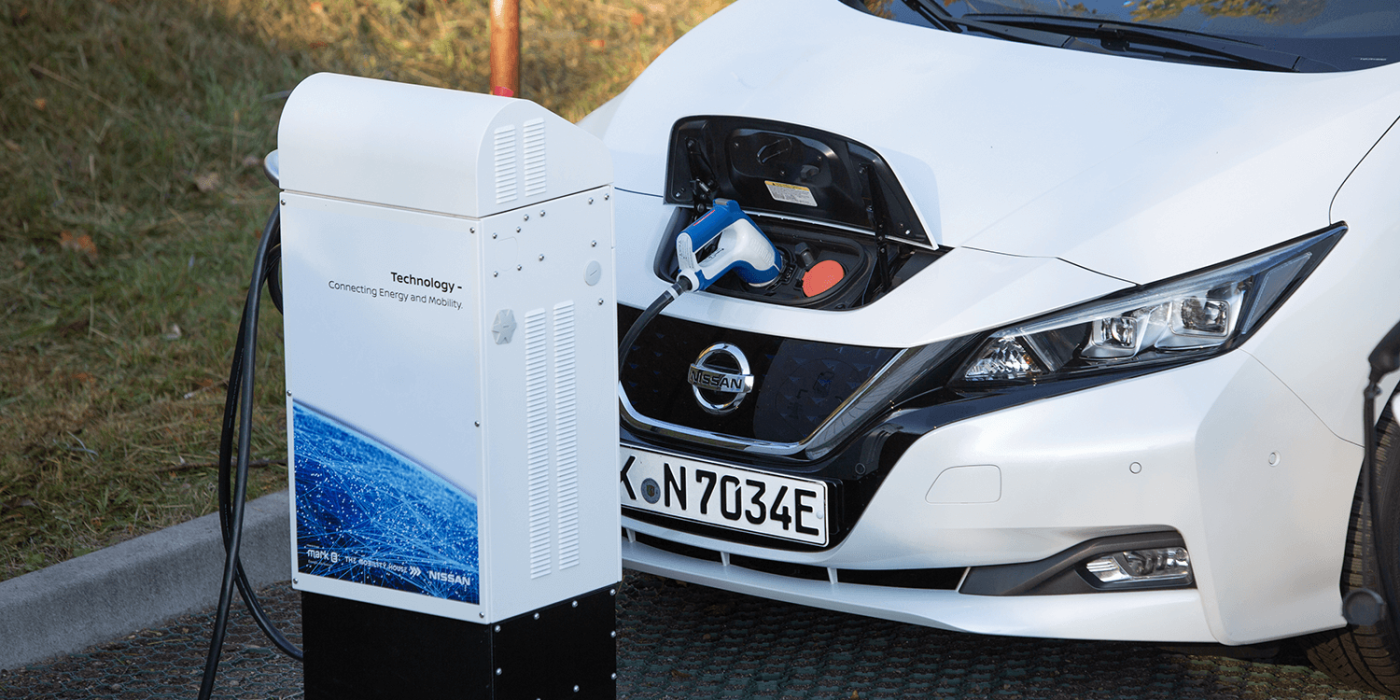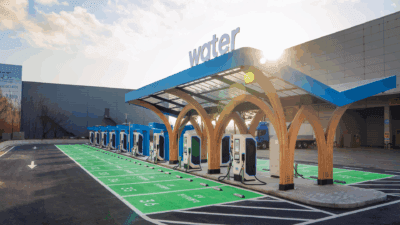The Mobility House to enter Singapore
The SP Group, a Singaporean energy utility company, has announced a strategic investment in the German charging infrastructure service provider The Mobility House. The investment amount has not been revealed. The Munich-based company intends to use the cooperation to open up markets in Asia.
+ + Kindly see our updates below + +
The two companies want to cooperate primarily in the fields of intelligent and bidirectional charging – the speciality of The Mobility House. The SP Group operates Singapore’s national power grid and expects the technological know-how of the German company to provide further impetus for the establishment of electromobility in Singapore. “We have expanded the breadth of our experience to electric mobility and are rolling out a nationwide electric vehicle charging network in Singapore,” says Group CEO Stanley Huang. “Our investment in The Mobility House advances our goal to pioneer sustainable energy solutions in transportation, enabling a low-carbon future for customers”.
The Mobility House was founded in 2009 as a neutral provider and since then has been supporting private and business customers with planning and construction processes as well as the operation of charging infrastructure. With the charging and energy management system ChargePilot, the technology company already has an intelligent technology in its portfolio that creates the basis for the uni- and bidirectional integration of electric vehicles into the power grid. TMH is based in Munich, Zurich and Belmont, California. ChargePoint has been successfully used in several hundred projects in Europe and the USA and has recently been promoted by the European Investment Bank as a relevant technology.
Now the service provider is also turning its attention to South East Asia. “With SP on board, it gives me great pleasure to see all those years of hard work at The Mobility House pay off and that we will now be able to cover a global market”, says Thomas Raffeiner, CEO and founder of The Mobility House. V2G and network integration are the foundation of tomorrow’s energy world, he says.
Singapore is one of the countries that want to ban internal combustion vehicles in the medium term. The Asian island state has a deadline of 2040, and the government also aims to increase photovoltaic capacity to 2 GWp by 2030. “With the Singapore government’s target to increase solar penetration to reach 2 GWp by 2030, integrating V2G technology into the national grid can be the key to managing the intermittency of renewables while maintaining grid stability and reliability,” TMH announces.
Update 12 August 2021:
The Mobility House’s first project in Southeast Asia is moving forwards. The German company say they will launch a first V2G trial with the ChargePilot software. The trial will test and verify “the feasibility of controlled charging and the use of energy stored in electric vehicles to improve grid stability.” The stated goal is to enable higher grid penetration of electric vehicles, especially as Singapore prepares to replace all internal combustion engine vehicles by 2040.
In conjunction with the test, Singapore utility SP Group has increased its initial investment in The Mobility House. However, as with the initial investment, figures are not disclosed.
mobilityhouse.com, businesswire.com (update)





1 Comment